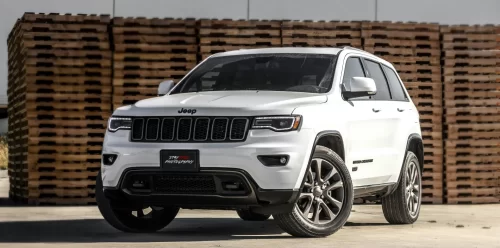
A Decade with the Jeep Grand Cherokee 2011-2021
Renowned for its exceptional capability and versatility, the Jeep Grand Cherokee is suitable for a vast array of lifestyles. Whether you’re looking for a vehicle

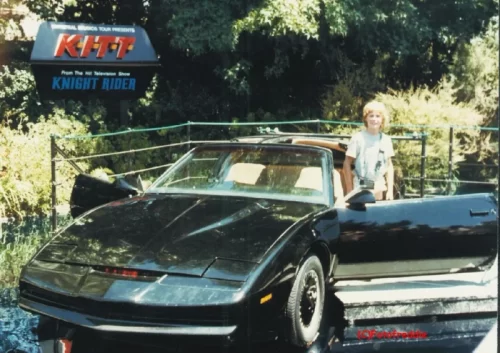
The coolest car on the 1980s TV block, with thousands of replicas still on the road.
Knight Rider burst onto television screens, and streets, in 1982, running for four seasons, with 90 episodes. The star of the show was an intelligent, talking Pontiac Trans Am named K.I.T.T., which stood for Knight Industries Two Thousand. There was also a sidekick, maybe a lifeguard-ish fella, David Hasselhoff, who played Michael Knight, a former detective, now fighting crime with a supercar, sporting the distinctive voice of actor William David Daniels, aka Mr. Feeny on Boy Meets World.
K.I.T.T. oozed with 80s coolness, brandishing a 300 mph top speed, and over a hundred supped features like Super Pursuit Mode, Silent Mode, missiles, flame throwers, oil-slick, electronic signal jamming, a lie-detector, a laser cannon, and a laser printer, because, you know, dot-matrix printers were so uncool. The car was conceived by brilliant, but eccentric billionaire Wilton Knight founder of Knight Industries.
K.I.T.T. had a ‘self-aware’ cybernetic processor programmed to protect the driver and all human life, at all costs. K.I.T.T.’s exterior was protected by “Tri-Helical Plasteel 1000” a molecular bonded shell plating. The fictitious vehicle was powered by a turbojet engine with modified afterburners, with an eight-speed microprocessor-controlled transmission. It could go from 0-60 mph in 0.2 seconds and cost a mind-blowing $11.4 million dollars to construct.
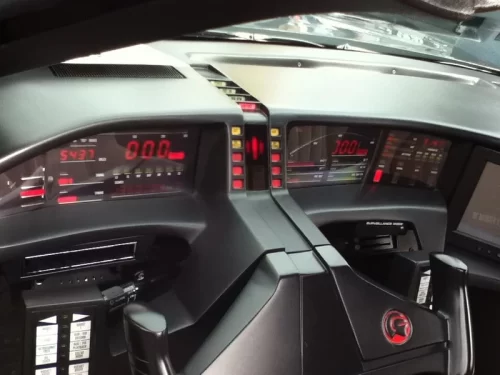
The 1982 Pontiac Trans Am was in short supply when show production began, so master-craftsman Michael Scheffe created the signature K.I.T.T. look, and designed only one car, which was then used as a pattern for three more vehicles when they became available.
Based on an F-body Pontiac Trans Am, K.I.T.T. was a front-engine 5-liter V-8, which pushed 145 horsepower to its rear wheels. The first-season car had minimal body modifications the first two seasons, as the red chasing lights on the nose provided ample ‘eye candy’. The approximate $18,000 put into modifying cars, was dedicated to the different types of vehicles, the ‘hero’ car, that Hasselhoff posed in or next to; the lightweight, mostly fiberglass stunt car(s), and the rear-seat, hidden driver car, for scenes where K.I.T.T. drove itself. But season three gave K.I.T.T. a big makeover, with wings, spoilers, a hood scoop, and other tweaks to combat the thousands of super-fan K.I.T.T. replicas flooding the roads.
The production department worked tirelessly with just those four cars until the spring of 1983, when a train carrying dozens of Trans Am’s derailed, classifying the vehicles as ‘unsaleable’. GM sold 10 cars to Knight Rider as ‘damaged goods’ for $1 each, with the stipulation that once the show concluded, they were to be destroyed… which they were, with a wrecking ball. (Sacrilege!)
Homage should be paid to the show’s creator, Glen Larson, who died at age 77. His visionary musings put sci-fi wonders into K.I.T.T. that can be found on most modern-day vehicles as actual features. K.I.T.T. could easily handle self-driving and collision avoidance, utilizing K.I.T.T.’s signature red chasing lights, referred to as the “Anamorphic Equalizer” which was described as a set of electronic eyes that scanned ahead in all visual and X-ray spectrums.
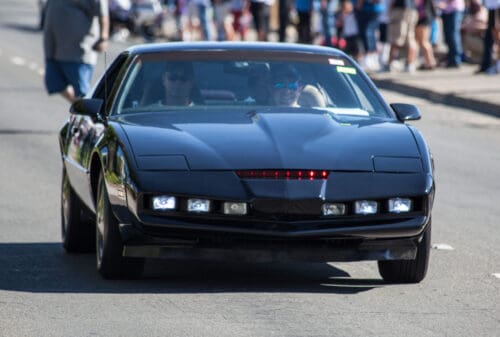
If Michael was in danger he could summon K.I.T.T. with a homing beacon hidden in his pendant. Kind of like how “find my iPhone” works today. And if he was hurt, K.I.T.T. could scan his vital signs, much like FORD’s new ECG heart-rate monitoring seats. If a driver issue is detected, other vehicle systems could be activated, like safely stopping and automatically calling for assistance.
Finally, K.I.T.T. was powered by a hydrogen-gasoline turbo engine, and while uglier than a copy-machine, so is today’s Toyota Prius hybrid.
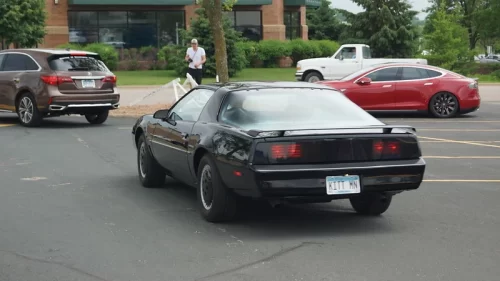
NOTE: We are not even going to mention the 2008 Knight Rider reboot. (Shame on you NBC.) But you can read, and even watch, it’s a one-season fizzle if you like.
Thinking about building a replica with an American-made engine? Fraser has the right engine ready for you!

Renowned for its exceptional capability and versatility, the Jeep Grand Cherokee is suitable for a vast array of lifestyles. Whether you’re looking for a vehicle

The Ford Crown Victoria, affectionately known as the “Crown Vic,” holds a special place in the hearts of car enthusiasts and cinephiles alike. Introducing the
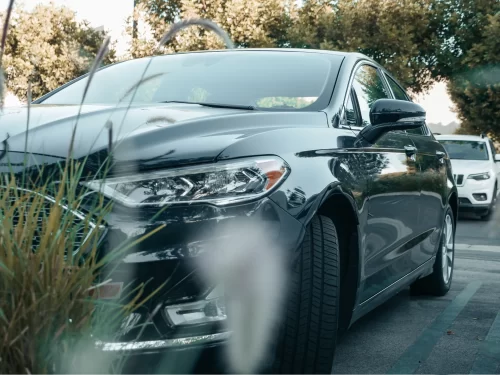
The Ford 3.5L engine is a true testament to the engineering prowess of the Ford Motor Company. Over the years, Ford engineers have continually pushed
HIGH PERFORMANCE ENGINE ORDER CHECKOUT Please note that completing this form does not finalize your order. This is the initial step in the process of
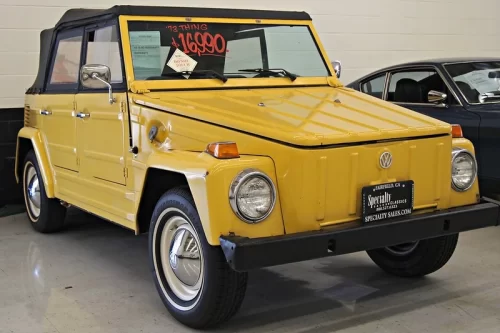
The Weirdest, Most Poorly-Named Vehicle In The History of Coolness. Introducing the 1973 Volkswagen Thing, aka the “Type 181”, and aka “The Bucket Car”. Not
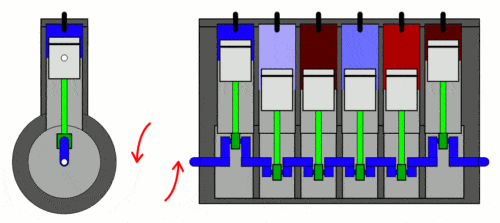
Hey there, car aficionados! If you’ve ever dabbled in the world of car repairs or you’re simply a Ford lover, you might’ve heard the term